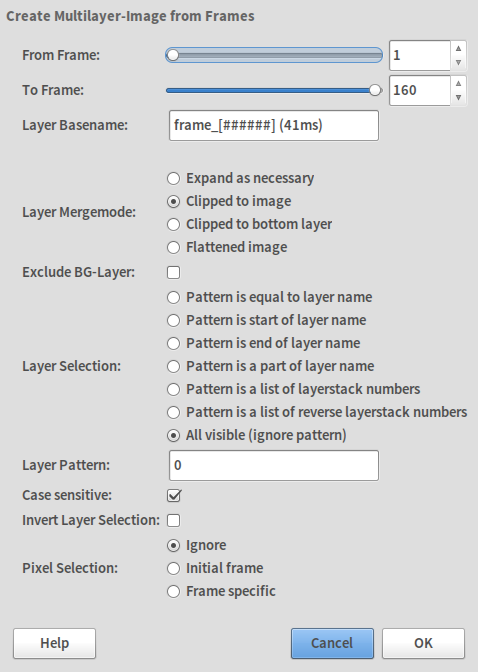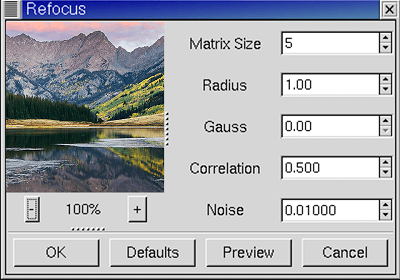

Simply play with the rubber band, bending and dragging it out as long as you’d like. From here, you can smooth the transition from fast to slow. This will take those parts of the clip back up to normal speed. Then, move the two outside sections of the clip up to 400%. Because the clip is already slowed down, mark the middle section as you did before. This will allow you to play with the speed however you’d like. Now you’ll see a straight rubber band across the middle of your clip. Click Show Clip Keyframes>Time Remapping>Speed. Mark the clip for the section you’d like slowed down, then right click on the clip. Let’s say you want to speed the clip you just slowed down back to normal speed, before dipping into slow motion. It’ll play at the lowest speed it can without dropping frames and becoming choppy. Now your clip should fit into a 24p sequence. Once the setting box opens, click “Frame Rate” and choose “Assume this Frame Rate”. To do this, right-click on the clip in the Project window, hit Modify>Interpret Footage.

So, here’s another viable option for altering the pace of a clip. The “Duration” option does just that, by changing the duration of the clip. However, make sure you’re reducing the speed according to what frame rate it was shot at. If you want to slow down a clip, adjust the speed by percentages. But all you need to know is this is a very basic way of playing with the speed of your clip. Right-click on your clip (pick a stock video clip here if you don’t have one), hit “Speed and Duration,” and from here you’ll see options to adjust the clips speed and duration. We’ll start with the first and most basic way of changing the speed. Communication is the key to making a good video. If you’re collecting footage from the shooters, make sure they know what type of edit you’ll want to do. If you’re out in the field shooting, make sure you’re capturing the action at 60p or higher. Shooting or working with 24p footage won’t work. Very simple.It goes without saying that if you want a smooth, slow motion shot, you need to shoot the footage at the appropriate frame rate. Seriously, this is so frustrating! I just want to be able to individually edit and cut out parts of each of the image frames of the video like I do in GIMP and Photoshop. from the original video but it just showed me "Output file is empty. I tried using ffmpeg to extract image files such as png, jpg, etc. I tried opening the gif in Synfig but all of the frames are transparent again. Even if I unoptimized it, it just made all of the frames look the same based on the first image frame. If you have very high frame rates, you may be able to increase quality. I tried using GIMP to load the gif but it was all transparent. Frame rates below 30 FPS are generally considered unplayable, and frame rates much above 60 FPS are often considered excessive.No Limit causes the simulation to render frames as rapidly as possible.

I tried many different ways to achieve my sole objective.
How to increase frame rate gimp gap mp4#
These below are the details of the mp4 file: I then made a gif from the video using ffmpeg.
How to increase frame rate gimp gap windows 10#
How can I do that?īy the way, I am using a Windows 10 laptop. I mean I want to cut the parts of one image frame cause I want to put a character from another video into another video. I want to extract the images of a video frame by frame cause I want to edit each one of them like how I edit an image in GIMP. What can I do to extract image frames from a video? Why is this so complicated?


 0 kommentar(er)
0 kommentar(er)
